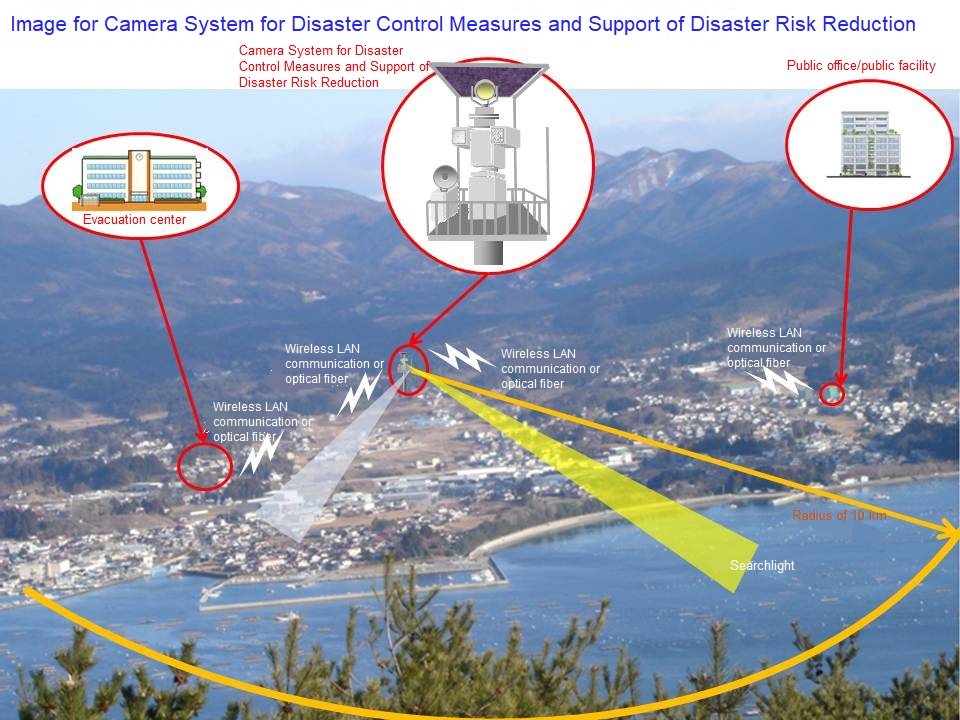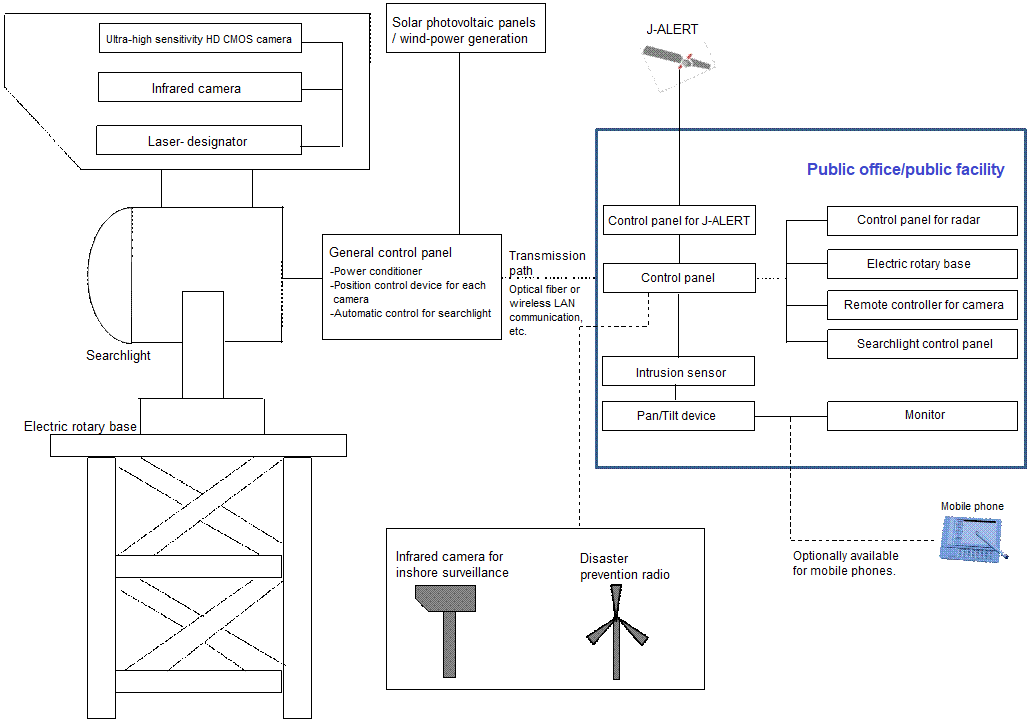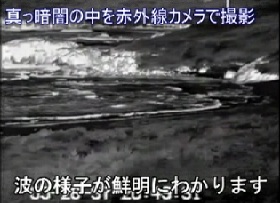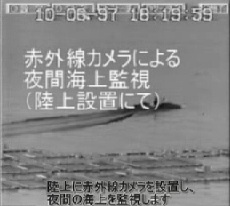Surveillance Application System
KSK Corporation
1-14-4, Kyobashi, Chuo-ku,Tokyo,Japan
Camera System for Disaster Control Measures and Support of Disaster Risk Reduction
Product outline
This camera system enhances disaster control measures and supports a disaster risk reduction through super-telephoto cameras that enable monitoring of a wide area. Within the system, there are three different types capable of identifying human behavior within a 10 km, 5 km, and 3 km radius respectively. Each system has the ability to detect victims, monitor and capture images of disaster situations.Multiple systems can be integrated to cover an even larger area if needed.
Installing cameras on a hill would significantly reduce the risk of damage from a tsunami.
If there are any blind spots in the super-telephoto cameras, it is also necessary to install wide-angle cameras and manage them centrally by installing multiple ones in skyscrapers or on hills.
This system can be equipped with loudspeakers that can be used to accurately direct victims to evacuation locations in case of a disaster. It can be controlled from safe locations while providing a view of the disaster situation through video footage.
The system has the following functions:
After a disaster, it is possible to call out to those who may be injured. A loudspeaker can also warn people who are about to enter dangerous areas, and a searchlight can be used to locate individuals who are unable to move.
Furthermore, the system emits an intense light to prevent potential secondary incidents, such as theft. The system utilizes DoCoMo and au networks for delivering images to mobile devices, and includes various functions to respond quickly to emergencies by coordinating with J-ALERT, the Nationwide Warning/Alert System launched in Japan.

Other such camera systems are geo-specific systems, such as those used around fishing ports.
As a system that supports victim search and rescue
Around 20% of the world's earthquakes occur in Japan. On average, 25 earthquakes with a magnitude of 6.0 or higher occur annually, and their timing and location are unpredictable. However, we can predict with certainty that earthquakes will occur in the future.This system checks the situation over a large area and assists search efforts in the event of a significant earthquake.
On March 11, 2011, the Tohoku earthquake, also known as the Great East Japan Earthquake, struck with a magnitude of 9. Immediately after the disaster, an unimaginable number of debris covered the devastated area. Among those in need of rescue were many who might have survived had they been found earlier, as well as those who were incapacitated by their injuries.
This system provides the following functions around high-performance infrared thermal cameras, which are mainly installed in safe locations. It can quickly locate victims and ensure their safety through functions such as confirming the situation in the disaster area using video images, searchlights and voice, and supporting rescue and evacuation.
A variety of cooperating functions can also be used to distribute information from this system to the disaster control headquarters, or to receive images from disaster prevention radios and cameras on the road to expand this system.
We believe that this system will assist to create a safe and secure city.
¡Example of Camera System for Disaster Control Measures and Support of Disaster Risk Reduction

Even in total darkness, you can check the safety of critical areas with video images from the cameras.
The videos below will play when you click on one of the still images.To view these videos, you need VLCmediaPlayer.
oi[Xy[X
KSK Corporation
Kyobashi
TS Bldg 9F, 1-14-4,
Kyobashi, Chuo-ku, Tokyo,
104-0031, Japan
TEL +81-3-3538-2331
FAX +81-3-3535-5510
access map

